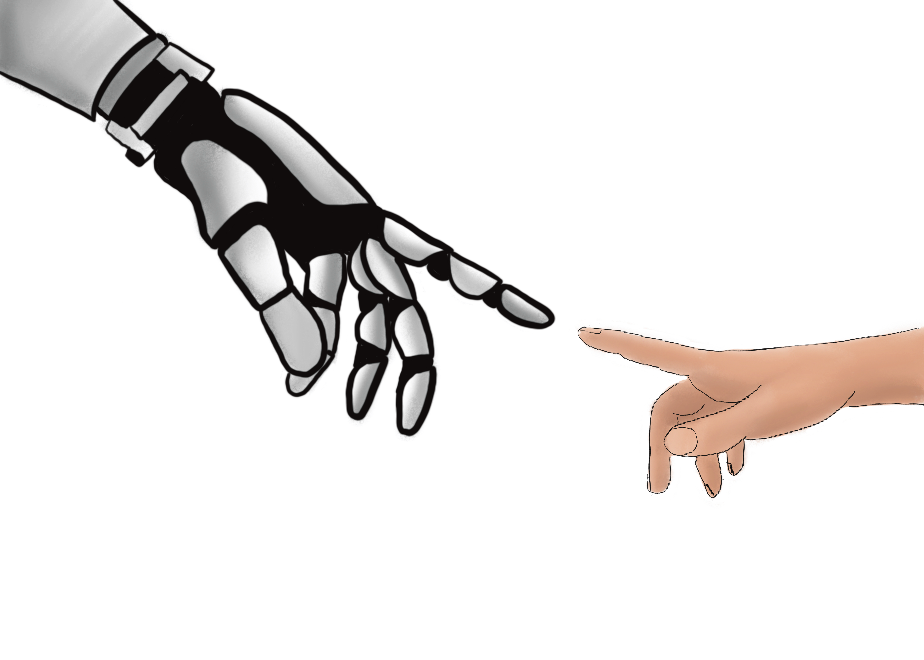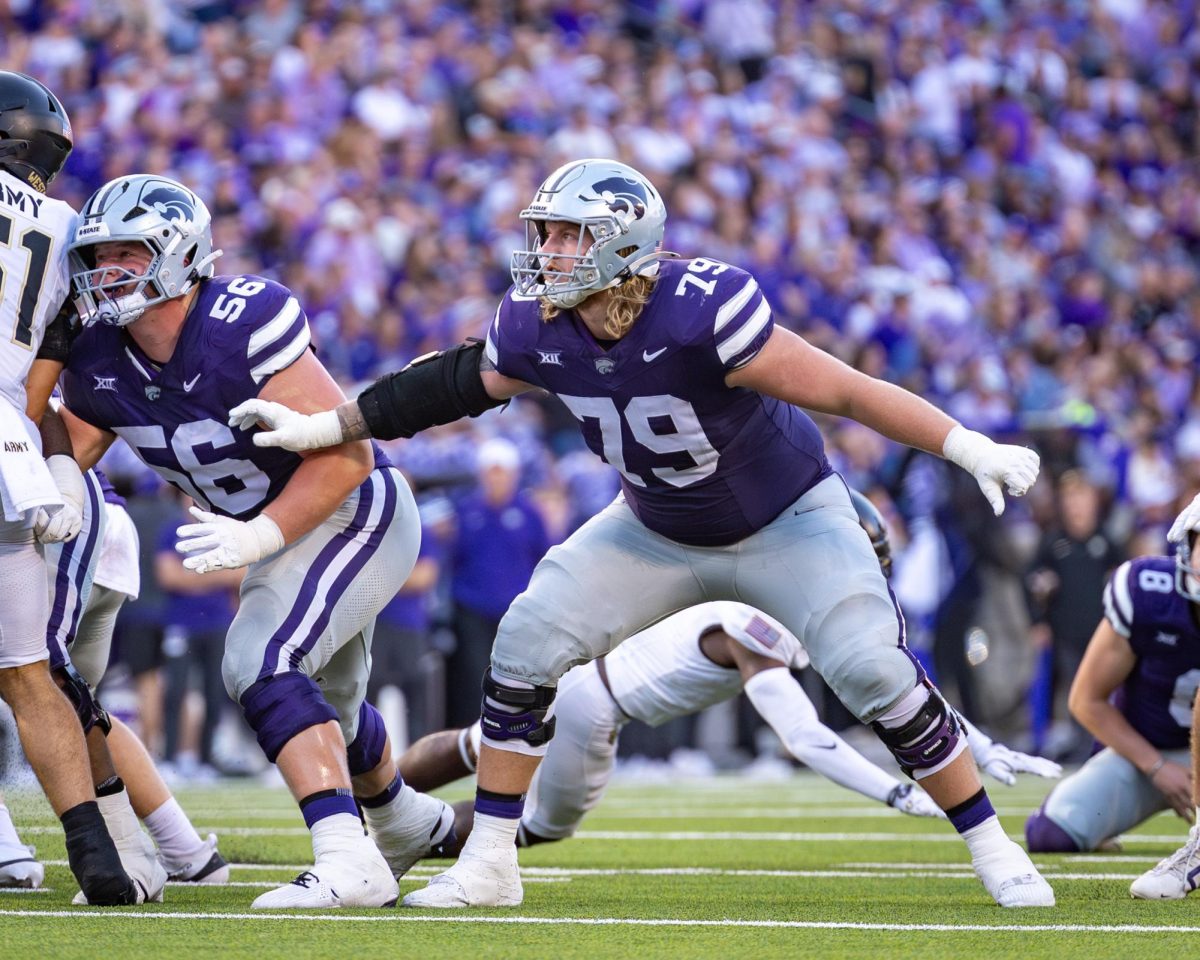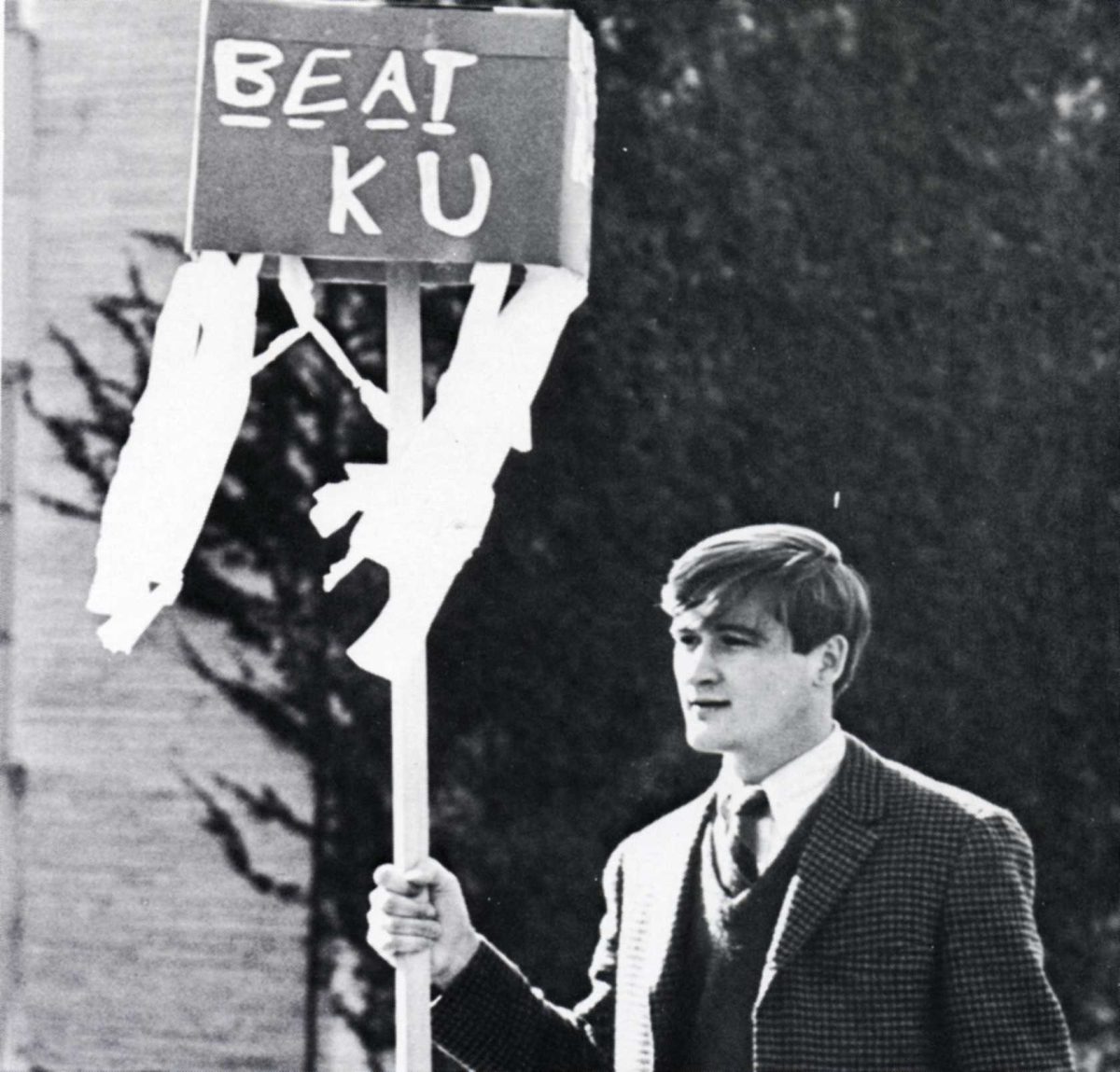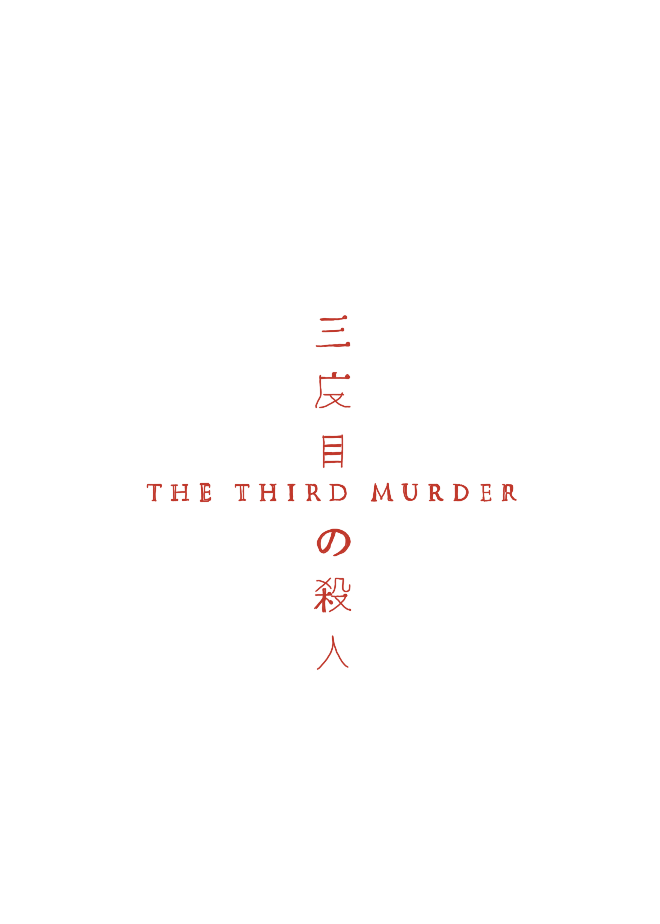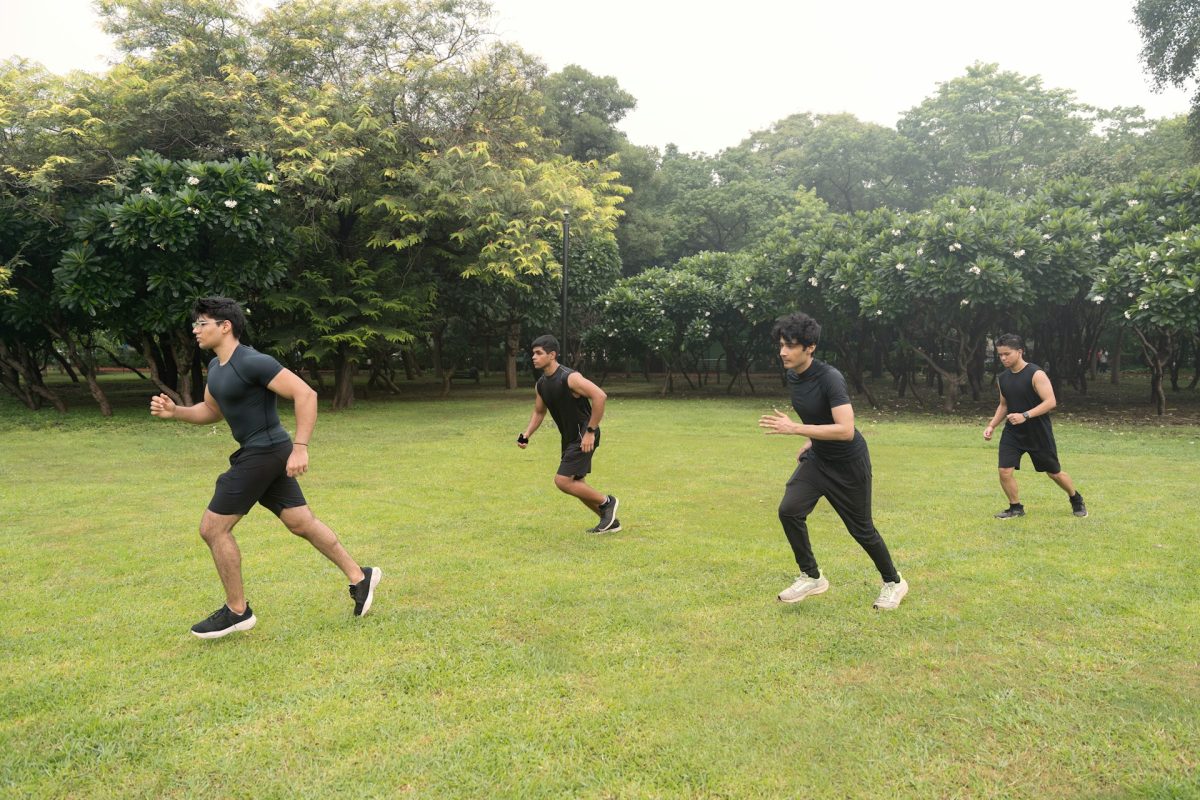The Reserve Officers’ Training Corps (ROTC) is a program that prepares college students to become officers in the military while they earn their degrees. This path provides invaluable leadership skills and offers opportunities for financial assistance through scholarships.
Whether you’re considering a career in the military or seeking personal growth, understanding ROTC can help you make informed choices. Join us as we explore ROTC’s history, benefits, and the role of uniforms like the iconic Navy hat.
Understanding ROTC
ROTC provides students with military training while they pursue their academic studies. As part of the program, students engage in classes that cover military history, leadership development, and tactical skills. They also participate in physical training, drills, and various team-building exercises, all of which help cultivate essential leadership abilities.
Each ROTC program is tailored to the specific branch of the military — Army, Navy, Air Force, or Marine Corps — each with its unique focus and curriculum. Students enroll in the ROTC program of their choice, and upon completion of their degree, they can be commissioned as officers.
This seamless integration of education and military training allows cadets to develop a strong foundation in both areas, equipping them for future success, whether in military or civilian careers.
The History of ROTC
The origins of ROTC date back to 1819 when the U.S. Congress authorized military training programs at several universities. The goal was to create a reserve of trained officers who could serve during times of conflict.
Over the years, ROTC has evolved to adapt to the changing needs of the military and society. By the early 20th century, the program became more formalized, with increased funding and expanded offerings.
Throughout the 20th century, especially during World Wars I and II, the program grew significantly, training thousands of officers for military service. In the post-war era, ROTC faced challenges, including societal changes and shifting perceptions of military service. However, it has continued to adapt, focusing on leadership development and community service while promoting diversity and inclusion within its ranks.
Today, ROTC remains a vital component of the U.S. military, preparing the next generation of leaders and instilling values of duty, honor, and integrity in young men and women. With a rich history behind it, the program stands ready to shape future leaders while maintaining traditions, such as wearing the distinguished navy hat or other accouterments, which symbolize service and commitment.
What Are the Benefits of Joining ROTC?
Throughout their training, students are challenged to take on various leadership roles, from leading their peers during physical training to organizing community service events. This hands-on experience builds confidence and sharpens critical thinking skills essential for effective decision-making under pressure.
ROTC provides a comprehensive understanding of military operations, ethics, and responsibilities. Cadets engage in rigorous training that includes tactical exercises, field training, and simulations, giving them a taste of real-world military scenarios. This preparation is important for those looking to transition into active duty, ensuring they are ready to assume the responsibilities of an officer upon commissioning.
Beyond leadership training, ROTC cadets have access to valuable scholarships that can significantly reduce the cost of their education. These financial incentives help cover tuition and offer a monthly stipend for living expenses.
The Importance of Physical Fitness in ROTC
Physical fitness is a cornerstone of the ROTC experience, reflecting the military’s commitment to maintaining readiness and resilience. Cadets engage in regular physical training (PT) sessions that are designed to improve strength, endurance, and overall fitness. This training prepares them for the physical demands they will encounter as officers and instills a sense of discipline and teamwork that is essential in military service.
ROTC programs typically follow structured physical training regimens, including calisthenics, running, and obstacle courses. Cadets are encouraged to set personal fitness goals and track their progress, fostering a culture of accountability and motivation. In addition to regular PT, many programs participate in intramural sports and community fitness events, enhancing camaraderie among cadets.
Why ROTC Is Your Gateway to Leadership and Success
ROTC is a remarkable program that shapes future leaders through military training, education, and personal development. It provides a pathway to commission as an officer while offering invaluable scholarships and experiences that enhance both military and civilian careers.
Whether your goal is to serve in the military or gain leadership skills, ROTC is an excellent option to consider, embodying values that will serve you well throughout life.



